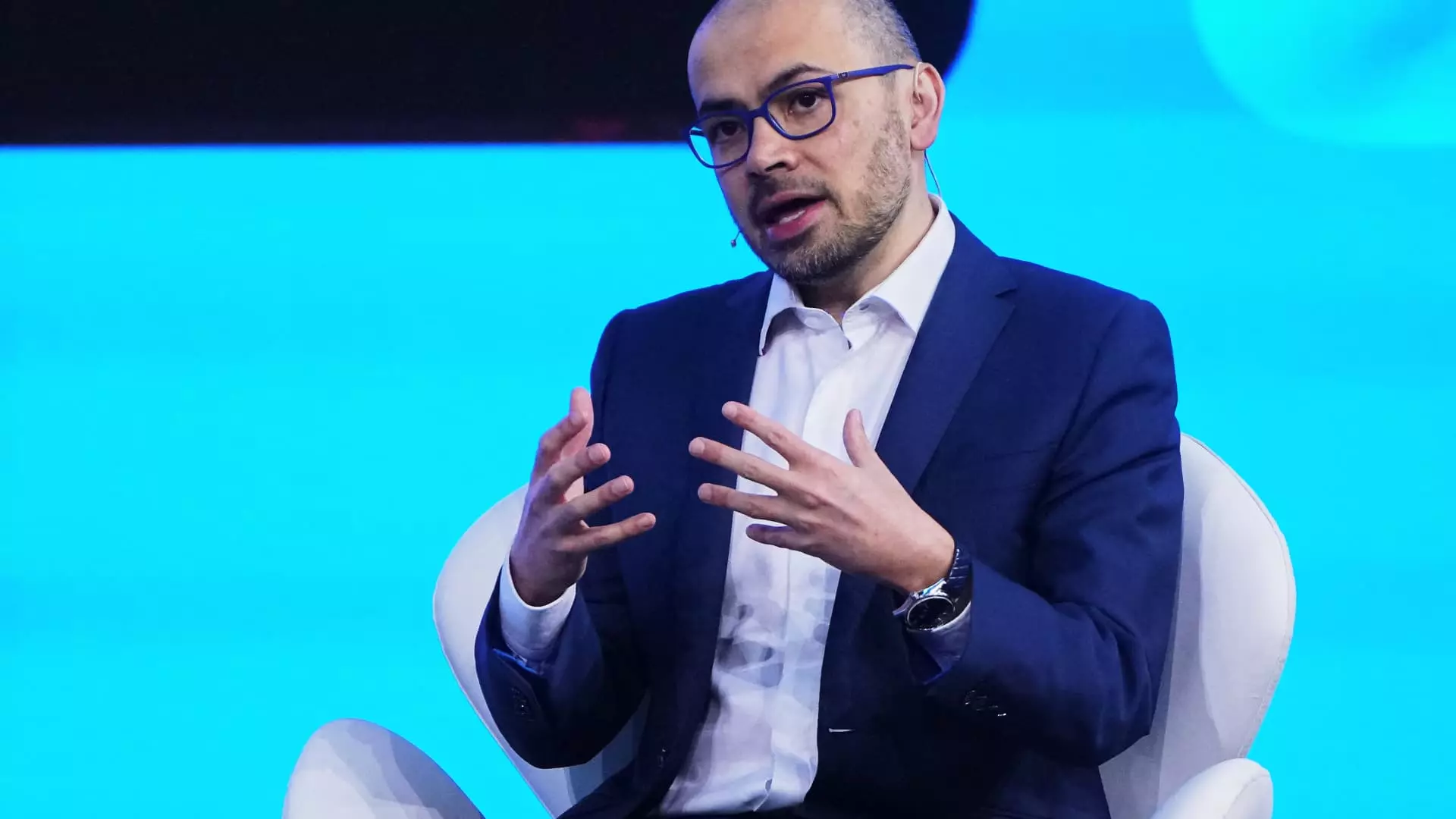The artificial intelligence (AI) landscape is witnessing a seismic shift, particularly with the entry of Chinese firm Deepseek into the fray. Recently, Demis Hassabis, CEO of Google DeepMind, publicly acknowledged Deepseek’s capabilities, remarking that it is “probably the best work” to emerge from China. However, his comments sparked a deeper examination of the implications this has for the tech industry and the overarching quest for artificial general intelligence (AGI).
Deepseek made headlines when it released a research paper claiming that its AI model was developed at a significantly lower cost compared to other market leaders, utilizing less advanced Nvidia chips. This assertion sent tremors through global tech markets, leading to a sell-off of stocks within major tech firms. Investors and analysts began questioning whether these corporations were over-investing in AI infrastructure, especially if a new player could achieve similar results with fewer resources.
Hassabis, during a Google-hosted event in Paris, offered a balanced perspective, commending Deepseek’s engineering prowess while also asserting that the technology did not represent a substantial scientific breakthrough. He articulated that current hype around Deepseek’s AI had been “exaggerated a little bit,” focusing on the notion that it employs established methodologies rather than groundbreaking techniques. This duality highlights a critical aspect of the AI narrative: performance metrics do not always equate to revolutionary advancements.
While praises for Deepseek’s model are noteworthy, it is essential to recognize the context of these developments. The AI sector is evolving rapidly, and discussions about AGI remain at the forefront. Hassabis stated that the industry is “on the path towards AGI,” which he defined as a system mirroring human cognitive capabilities. His projections—that a functional AGI could emerge within five years—underscore the urgency for society to align its governance frameworks and ethical guidelines with these technological advancements.
However, questions linger about the feasibility of AGI. Deepseek’s claims about cost-effectiveness have met skepticism from industry experts, suggesting that the costs associated with developing their models might be understated. This skepticism reflects broader concerns within the community regarding the maturity and economic sustainability of various AI technologies.
The prospect of achieving AGI raises pivotal questions about control, safety, and benefits for society. Hassabis is not alone in emphasizing the need for caution; many prominent figures in the AI sector, including OpenAI’s Sam Altman, have expressed a belief that we are nearing a plausible AGI framework. However, this optimism is tempered by legitimate fears over the potential risks associated with systems that may outpace human oversight.
Max Tegmark and Yoshua Bengio, among other experts, have articulated concerns that humanity might lose control over systems that could potentially operate autonomously and unpredictably. The overwhelming capability of AGI, if realized without proper governance, could lead to societal disruptions and ethical dilemmas that we are ill-prepared to navigate.
As the AI industry traverses this uncharted territory, the emergence of players like Deepseek compels a reevaluation of existing paradigms. Hassabis’s remarks underline a crucial point: despite competitive pressures, technological advancements should not eclipse the necessity for robust ethical considerations and management practices. The push toward AGI should not only focus on the technological marvels but also incorporate the societal ramifications that could ensue from its realization.
In this nascent stage of AI development, stakeholders must prioritize frameworks that ensure these technologies serve the greater good—balancing innovation with responsibility. The rise of AI, exemplified by Deepseek’s achievements, is an opportunity for a pivotal dialogue on the future of technology and humanity.


Leave a Reply